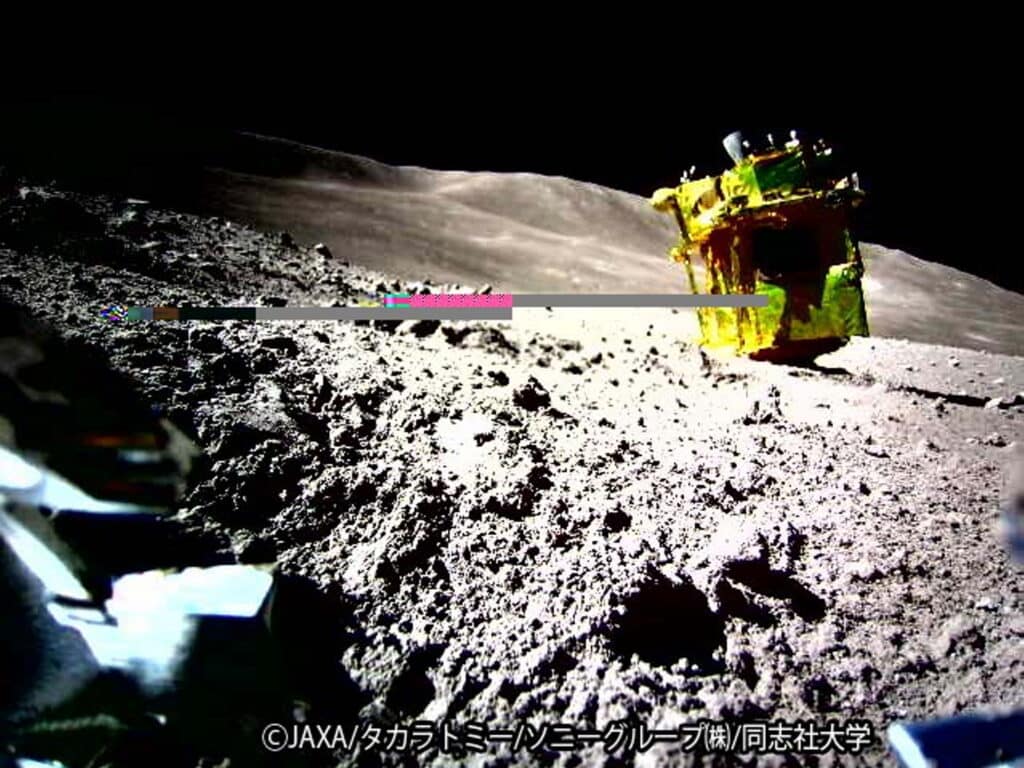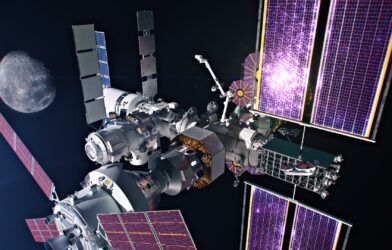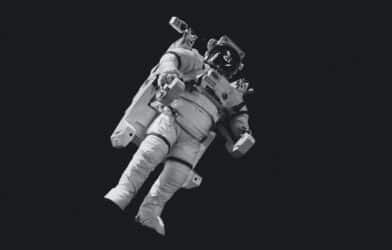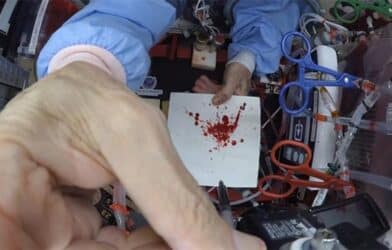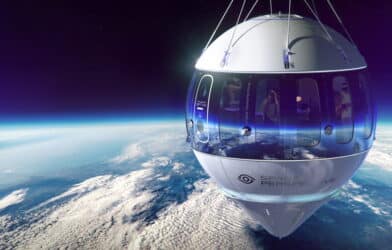Call it a “Moon mishap” after a Japanese vessel wound up landing on its nose upon its much-anticipated touchdown earlier this week. The historic Smart Lander for Investigating Moon (SLIM) spacecraft lander arrived on the Moon on January 20. A picture beamed back by its tiny robot companion shows it rotated 90 degrees from how it should be.
The image was captured by the Sora-Q, or LEV-2, rover that was ejected from SLIM moments before touchdown. Japan Aerospace Exploration Agency (JAXA) believes that SLIM could not generate power from its solar cells, as the thrust from one of the two main engines was most likely lost.
Despite this setback, SLIM autonomously adjusted its descent, maintaining horizontal control and landing safely on the Moon, albeit with the unintended orientation.
“The descent velocity at the time of contact with the ground was approximately 1.4 m/s or less, which was below the design range, but conditions such as the lateral velocity and attitude were outside the design range, and this is thought to have resulted in a different attitude than planned,” the agency explained in a statement on Thursday.
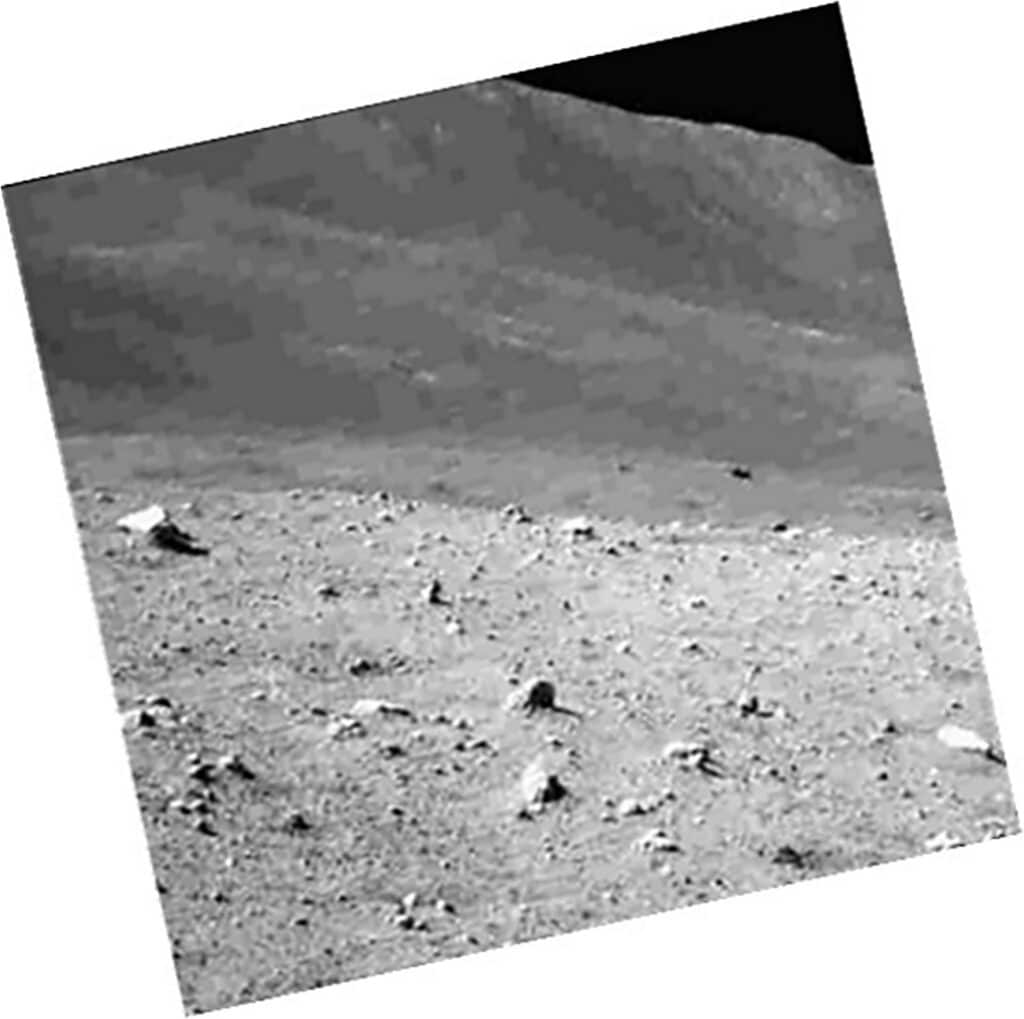
JAXA says they are analyzing data which shows that SLIM’s solar cells are currently facing west, suggesting that there is the possibility for power generation.
“Although SLIM’s activities on the Moon were originally expected to last only a few days, the necessary preparations for recovery will continue in order to acquire further technical and scientific data,” the added.
While SLIM landed approximately 55 meters east of its intended target, its performance was remarkable. Before initiating its obstacle avoidance maneuver at about 50 meters altitude, its positional accuracy was estimated to be within 10 meters, potentially as close as 3-4 meters. This level of precision, particularly in the realm of lunar landings, is unprecedented.
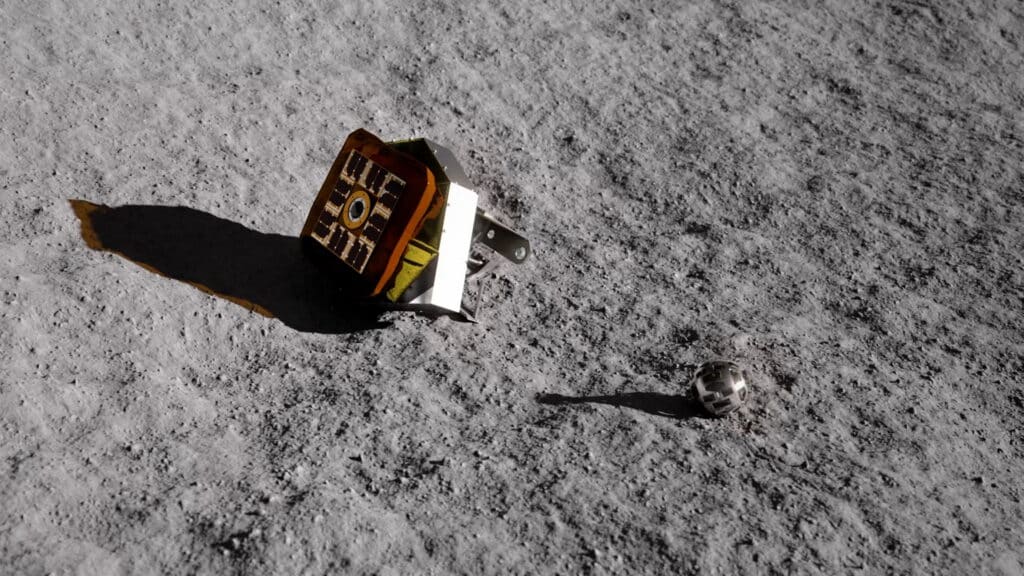
The SLIM mission, despite its challenges, represents a leap forward in lunar exploration technology. It highlights the complexities and unpredictabilities of space missions while showcasing human ingenuity and resilience in overcoming these hurdles. As JAXA continues to analyze SLIM’s data and work towards recovery, the world eagerly watches, anticipating further advancements in our quest to understand and explore our celestial neighbor.
South West News Service writer Dean Murray contributed to this report.
In Case You Missed It:
- Scientists Unravel Mystery Of Peculiar Moon Rock Formation
- See The New Spacesuits To Be Worn By Artemis III Astronauts Walking The Moon In 2026
- This Revolutionary Moon Camera Will Capture Wonders From NASA’s Artemis Mission
- This Near-Earth Asteroid Is Actually A Chunk Of The Moon
- Crystal Method Reveals Moon 40 Million Years Older Than Long Believed!
